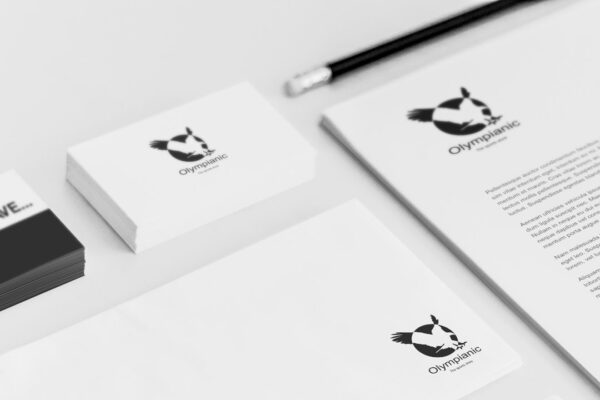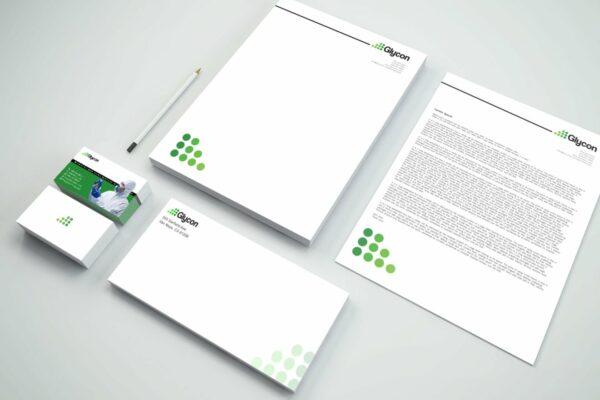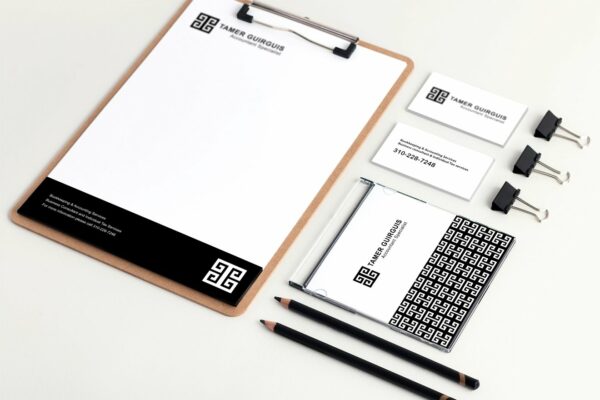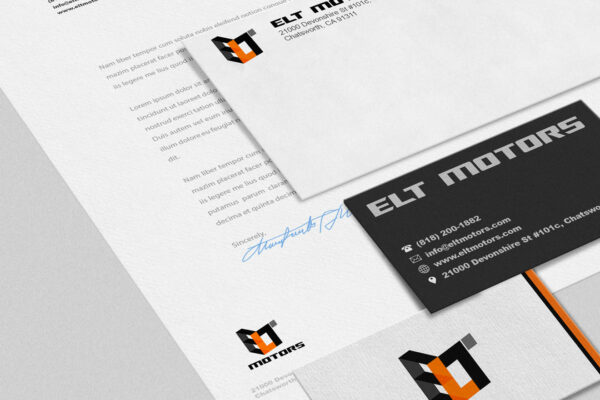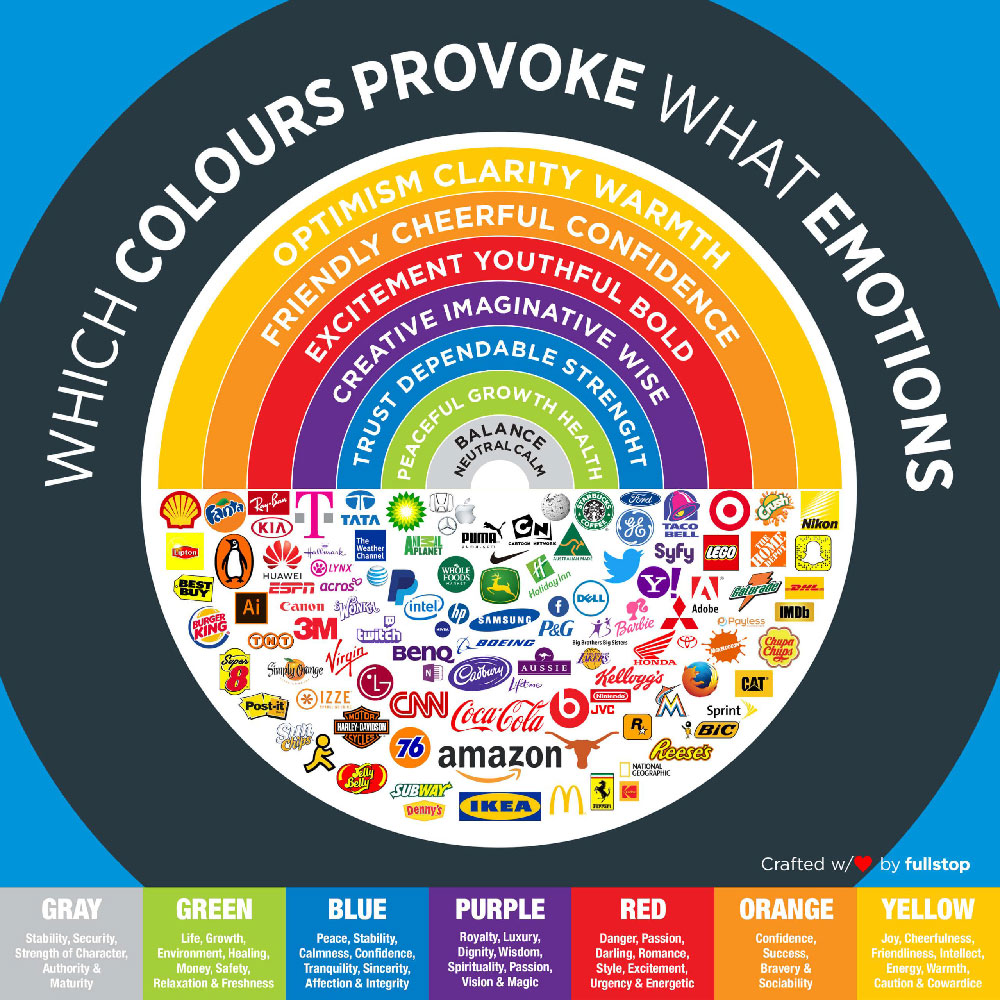Whether you’re a seasoned designer or just starting, this article will provide valuable insights and practical advice to create impactful logos. We understand the importance of a well-designed logo in establishing a solid brand presence, and that’s why we’ve compiled a list of essential logo design tips to help you elevate your brand creation game.
In fact, we use these same methods to create award-winning logos for our clients!
So, let’s dive right in and explore the world of logo design together!
15 Logo Design Tips and Techniques
1. Understand Your Brand
Start by deeply understanding your brand values, mission, target audience, and unique selling proposition. This foundation will guide your logo design process.
2. Research
Before diving into the design process, conduct thorough research. Understand your brand identity, target audience, and competition. Aim for a logo that stands out from the competition.
Analyze your industry landscape to identify design trends and best practices. Gather inspiration from various sources, including your competitors, design blogs, and relevant artwork to spark your creativity.
Here are some websites you can use for logo design research:
logolounge.com – Logo design trends, ideas, and inspiration.
https://logopond.com/ – Logo design inspiration.
https://www.statista.com/ – Industry and brand research and statistics.
Google Trends – Trends and research.
Dribbble and Behance – Inspiration.

3. Sketch and Conceptualize
Begin by sketching rough ideas on paper and exploring various shapes, symbols, and typography options because this helps you visualize different concepts and brainstorm unique design possibilities.

4. Prioritize Simplicity
A simple logo is more memorable, versatile, and adaptable than a complex design. Avoid overcrowding your logo with unnecessary details. Focus on creating a clean and streamlined design.
Keeping your logo design simple and clean is crucial. A cluttered, overly complex design can confuse your audience and dilute your brand message. Embrace minimalism and focus on the core elements that represent your brand.

5. Balance Proportions and Negative Space
Achieve visual harmony by balancing the proportions of different logo elements. Also, utilize negative space effectively to create hidden meanings, creative design elements, or subtle imagery within your logo.

6. Typography Selection
Choose fonts that align with your brand’s personality and message. Consider legibility, readability, and how the typography complements other design elements. Custom typography can add uniqueness to your logo.
You can use these websites for font shopping:
Google Fonts – Free
Adobe Fonts – Paid
DeFont – Free and Paid

7. Use Meaningful Symbols or Icons
Incorporate symbols or icons representing your brand’s core values or industry to ensure the logo is unique, easily recognizable, and relevant to your brand identity.

8. Test Across Different Backgrounds
Ensure your logo looks great on various backgrounds, both light and dark. Test it against different colored backgrounds to guarantee visibility and readability in other contexts.

9. Consistency and Versatility
Ensure your logo looks great across different mediums, from websites and business cards to signage and merchandise. Ensure the logo remains recognizable and maintains its integrity when scaled up or down.
Also, ensure the font size and weight are visible when working on different mediums and platforms because if the tagline font or the logo font is too small or light, it might not be readable on smaller prints.
10. Memorability
Memorability is vital when it comes to logo design. You want your audience to recognize and recall your logo quickly. Create a unique design that captures attention and leaves a lasting impression. Consider incorporating distinctive shapes, symbols, or letterforms relevant to your brand.
11. Brand Colors
Colors play a significant role in logo design. They evoke emotions and convey meaning. Select a color palette that aligns with your brand’s personality, values, and target audience. Consider the psychology of colors and the associations they evoke.
The infographic below by fullstop is an excellent resource on colors big brands use for logos. Use it for inspiration, techniques, and ideas!
According to a recent study, one or two colors are the most popular choice for logos.
12. Brand Image
Your logo should be a reflection of your brand’s personality and values. Consider what your brand stands for and the emotions you want to evoke in your audience. Infuse your logo with these characteristics to visually represent your brand identity.
13. Design Trends
While it’s important to stay current, avoid following design trends blindly. Trends come and go, and what might be popular today could quickly become outdated.
Aim for a timeless logo design that can withstand the test of time. Focus on creating a logo that will remain relevant and impactful for many years!
14. Don’t Use LLC or Inc on your Logo
Don’t use LLC, Inc., or any other legal term on your logo; this should go on your business’s legal documents and copyright section of your website. This is the number one mistake small businesses make, and it does not give a professional image to your brand.
Have you ever seen big companies like Apple, Reddit, Adobe, or Amazon use these legal terms on their logos? Nope!
Let’s take Target as an example.
In the screenshot below, you have Target’s website’s footer section; as you can see, Inc. is added next to the copyright section. But when you look at Target’s logo, you don’t see Inc.
15. Testing and Feedback
Testing and gathering feedback are vital steps in the logo design process. Seek input from trusted sources, such as colleagues, clients, or focus groups.
Test your logo in different contexts, both digitally and in print, to ensure it resonates with your target audience. Take their feedback into consideration and make necessary adjustments before finalizing your logo.
Conclusion
This article has highlighted essential logo design tips that can significantly enhance your skills as a logo designer. Implementing these tips and strategies can elevate your designs and become a successful professional.
Please take advantage of these valuable insights and put them into practice to create visually stunning and impactful logos.
Keep honing your craft, and watch your design career flourish!
